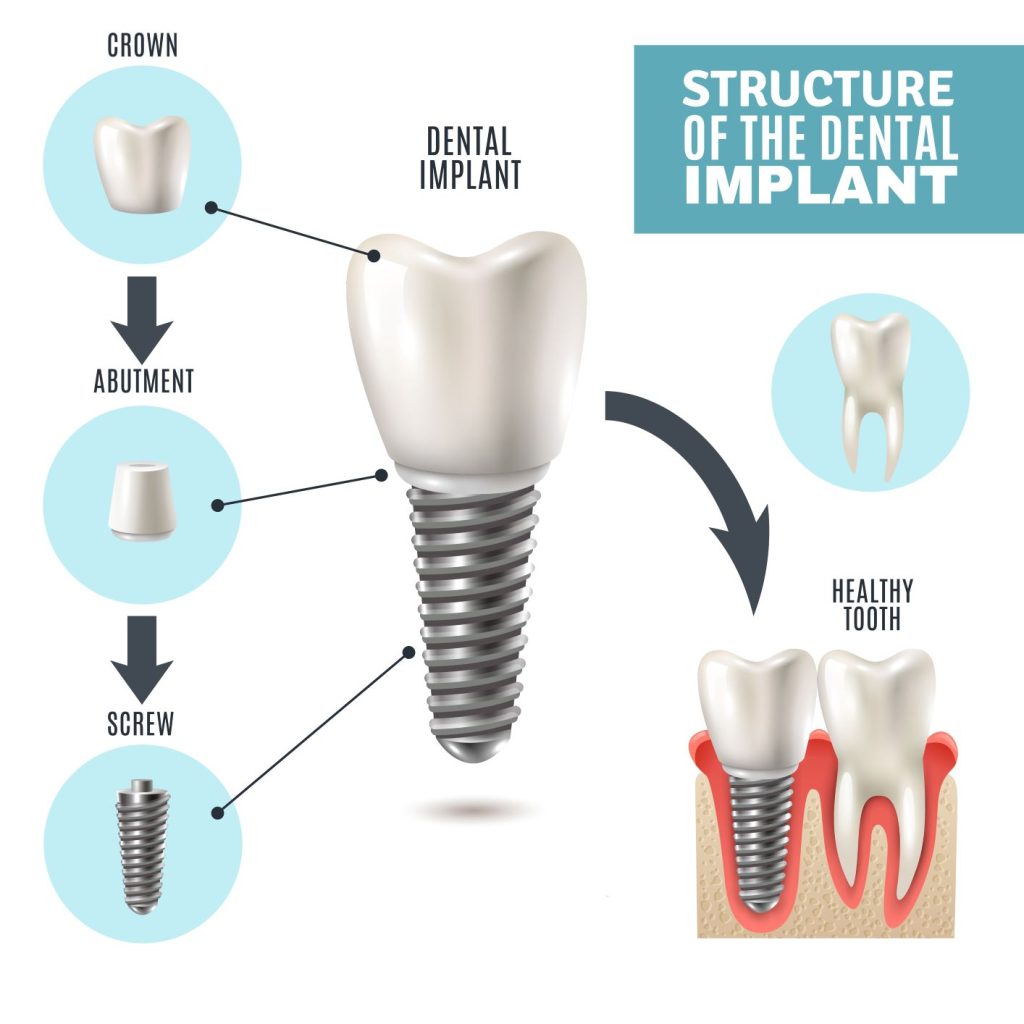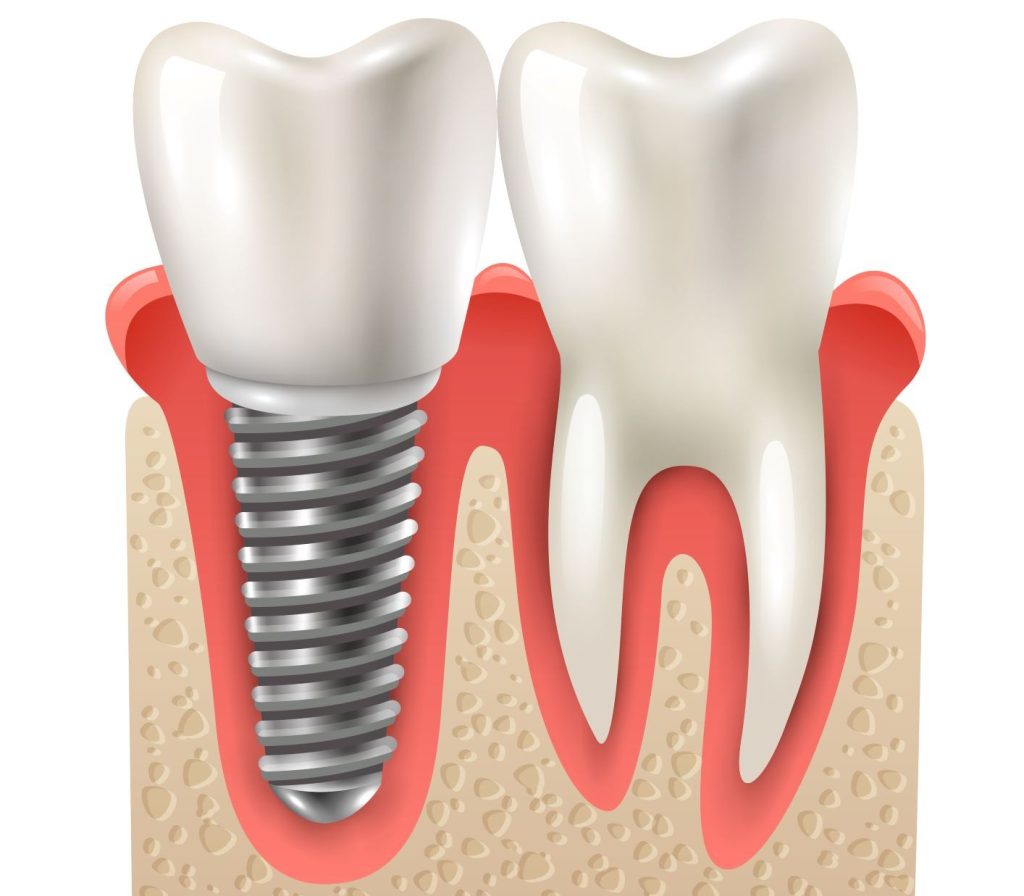ALL ABOUT ENDODONTICS
Endodontics
Endodontics deals with dental problems concerning the tissues and the pulp. The focus is on the diagnosis, prevention, and treatment of gum infections and injuries. The most common type of endodontic treatment is the root canal procedure. Maintaining healthy gums and tissues is imperative to keep the mouth healthy and in a good state.


When to see an endodontist?
Dental problems should be addressed timely, or they could turn into the worst nightmare. Dental problems associated with the outer layer of the teeth are relatively easy to handle. However, if the disease gets into the root, it requires complex procedures. Here are a few symptoms that might show up if you have an infection of the root canal.
- Intense pain during chewing or biting
- Pimples on the gums
- A cracked or chipped tooth
- Prolonged sensitivity to hot or cold
- Tender or swollen gums
- darkening of the gums
- Deep decay
All these signs indicate there is a problem in the root canal which may eventually lead to tooth loss.
Types of Endodontic procedures


Root canal treatment
A damaged or diseased tooth can be restored using the root canal treatment. If the tooth’s roots are inflamed or infected, the endodontist will remove the pulp and clean the root canal to make it more sustainable. The space created is then sealed with filling. A modern root canal can be done in about two visits depending upon the condition of the tooth. An effective root canal treatment can help in
- Proficient chewing
- Typical biting force
- sensation
- Aesthetically pleasant natural appearance
Traumatic dental procedures
Severe injuries or accidents can chip, dislodge, or crack the teeth. The endodontic treatment method depends on the severity of the injury, its location, and the type of problem it has caused. Some injuries go unnoticed and can only be detected by a dental exam. To avoid tooth loss, make sure to visit an endodontist as soon as possible.


Endodontic surgery
If the injury is too severe, a non-surgical root canal treatment may not be beneficial. In such a case, an endodontist recommends surgery. Such surgeries can identify small fractures in the jaw bone or any hidden canals that could not be detected during the physical exam. Surgeries are also useful in removing calcium deposits or fix damaged roots.
Local anesthesia is used to make the procedure more comfortable. The process is suitable for removing inflamed and infected tissue. If the root needs to be removed, the end of the root canal is sealed with filling, and sutures are used to heal the tissue quickly. The patient can get back to his normal activities as the bone around the infected area improves.
Endodontic retreatment
If you already had endodontic treatment, there are chances you have to go for retreatment if the teeth do not heal properly or another new dental issue. In cases where the first treatment was not as successful, endodontists suggest retreatment to save the tooth. Retreatments are also used to reduce pain and discomfort to speed up the healing process. Here are a few reasons why you may need endodontic retreatment.
- The initial procedure did not cover the curved or narrow canal.
- In the first procedure, complicated canal anatomy was not detected.
- Delayed placement of restorations such as a crown.
- The restoration procedure could not prevent salivary contamination.
- A new decay in the root canal filling


Dental implant
Dental implants are surgical fixtures placed in the jawbone and allowed to infuse in the bone over time. There are two types of dental implants called endosteal and subperiosteal. Endosteal implants are placed in the jaw bone, whereas subperiosteal are placed on the top. However, since it bought poor results, it is not being used anymore. If you have been diagnosed with irreversible tooth damage, and the tooth has to be removed, the first step is to extract the decayed tooth or teeth.
You may have to undergo the following procedures during a dental implant.
- Extraction of a broken/cracked tooth
- Grafting of the jawbone and its preparation for further treatment
- Insertion of the Dental implant
- Ample time required for the healing and growth of the prepared bone
- Positioning of abutment
- Selection and placement of a synthetic tooth
Preventive care
It is better to adopt some precautionary measures to ensure your teeth do not reach the stage of irreversible damage.
- Brush your teeth twice a day and floss whenever you can.
- Use fluoride mouthwash to rinse ad kill the bacteria
- Visit your dentist regularly to know more about your oral health conditions.
- Avoid clenching and to reduce enamel damage. It is a great way to avoid sensitivity to hot and cold.

A few simple preventive measures can save you a lot of pain and discomfort and, of course, many bucks.